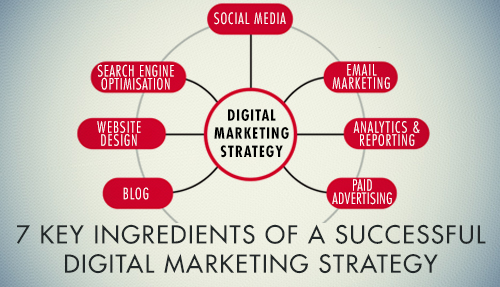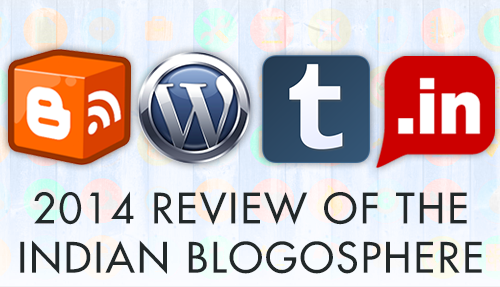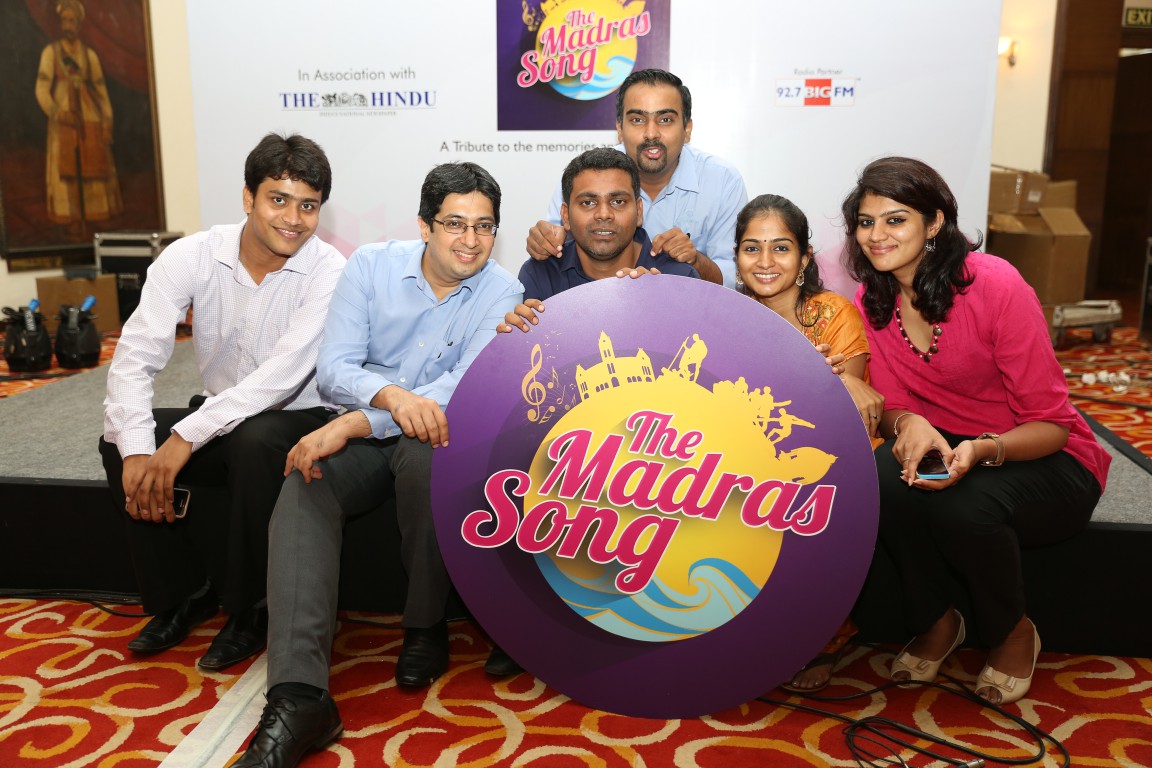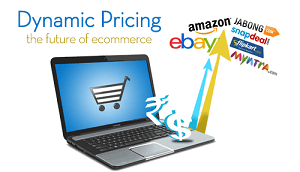
In today’s rapidly changing marketing landscape, digital marketing has become an indispensable part of a business’ overall marketing strategy. Most marketers today have understood the importance of digital marketing and the mammoth difference that a well-executed, result-oriented digital strategy could make to the overall growth and profitability of a business. Going by the Marketing Budgets 2014 Report, 71% of companies surveyed are planning to increase the amount they invest in digital marketing this year.
Crafting a Result-Oriented Digital Strategy
Crafting a winning digital plan entails understanding the business in and out, clearly defining its goals and drawing up a profile of its target audience. All these differ from business to business and hence there is no one size fits all strategy. However, there are certain key ingredients listed below which must be effectively incorporated into every digital strategy to successfully drive business growth.
1. Website Design
The website is, and should be, the focal point of every digital strategy as this is where traffic from every other digital marketing channel would be directed. A poorly designed website can ruin most of the effort being put in on the other channels. Listed below are some key questions to ask, while checking if your website is optimized to convert maximum visitors into leads/customers.
- Is the website responsive and optimized for all browsers and mobile devices?
- Is it correctly Search Engine Optimized?
- Does it have a Clear Call-to-Action?
- Is it clean and easy to navigate?
- Are there multiple lead capture points
- Is the contact email/phone clearly visible and clickable?
- Is there a link to the business’ Social Media pages?
2. Search Engine Optimisation
Amongst all other components of a digital strategy, SEO plays a major role in customer acquisition and sales. Almost every customer begins their search for a product/service on a search engine and ranking high in search results, for the right keyword, can drive a large volume of organic (un-paid) traffic to your website.
With paid advertising getting increasingly expensive across channels, it is essential that every business invests in SEO to attract a good percentage of organic traffic, reduce the overall customer-acquisition cost and boost profitability.
3. Blog
Maintaining a blog which constantly shares valuable, informative, engaging and relevant content plays a pivotal role in attracting the right kind of audience to your website. Apart from this, it also establishes your business as an expert or thought leader in the space and builds trust with prospective customers. Apart from the fact that a good blog can be an excellent source of inbound traffic and leads, the content helps your SEO efforts as well.
4. Social Media
Social media is an extremely effective medium for branding as well as lead generation and developing a cutting-edge social media plan should be a major part of your digital strategy. The plan would entail clarifying business objectives for social media, putting together a content plan (audience analysis, content categories, post frequency, post timings) and determining the main metrics and KPIs that would be used to consistently set targets and measure success
5. Paid Advertising – Google Adwords/Facebook Ads/LinkedIn Ads/Retargeting
Paid advertising is essential, especially for businesses that are in the startup stage, to help get the word out and extend their products/services to a greater audience. It can help get consistent and valuable traffic to the website while SEO and offline efforts are yet to begin showing results. For established businesses too, paid advertising is an excellent customer acquisition and branding channel and should be given due attention while drafting the digital strategy.
While paid search campaigns on Google Adwords offer the benefit of being highly targeted – displaying ads to people actively looking for your product/service, retargeting campaigns as well as campaigns on the Google Display Network, Facebook and LinkedIn offer a wide range of targeting that could help you reach out to the right audience with ease. Promoted posts on Facebook and sponsored updates on LinkedIn too help get the message out to a larger audience.
Each medium’s relevance and effectiveness for the business in question must be analyzed and ad spends allocated accordingly. Spends can then be re-allocated to the medium that is performing best and delivering the best results.
6. Email Marketing
With the growing popularity of social media, email would seem to be losing out on its sheen as an effective digital marketing channel. However, this is far from the truth and email marketing is still as effective as ever. If statistics are anything to go by, 95% of consumers use email and 91% check their inbox at least once a day. Also, a recent study by McKinsey found that e-mail is still a significantly more effective way to acquire customers with the rate at which e-mails prompt purchases being at least three times that of social media and the average order value too being about 17 percent higher.
7. Analytics & Reporting
As the digital strategy is being executed, it is of paramount importance to constantly analyze results and compare them with the set KPIs to check if all campaigns are on track to yielding the desired results. It is therefore essential to draw up a list of key metrics, for each of the channels listed above, that will be monitored and measured at pre-set intervals.
Keeping a close tab on analytics data can help drive the strategy in the right direction and correct any errors early enough before a considerable amount of money has been spent.
Right Integration is the key
Each ingredient in the digital plan has its own unique benefits and, in order to gain real value, they will have to be perfectly integrated keeping in mind the broader long-term goals of the business. It is this seamless integration that will eventually determine how successful the strategy will be and how quickly it will begin showing desirable results.
Offline Integration matters too
Digital Marketing definitely has its benefits but it still cannot replace offline marketing in entirety, at least for now. Forward-thinking marketers have understood this and are working on integrating offline and online marketing efforts into one synchronous campaign for a powerful lasting impact. Things as simple as on online check-in help customers communicate their physical interaction with your business, to the online world . Ensuring that your digital strategy integrates seamlessly with your offline efforts will go a long way in enhancing the bottom line of your business and boosting your ROI.
Is your digital marketing strategy working for your business? Contact us is you are looking for the best digital marketing agency in Mumbai and digital marketing agency in Bangalore.







